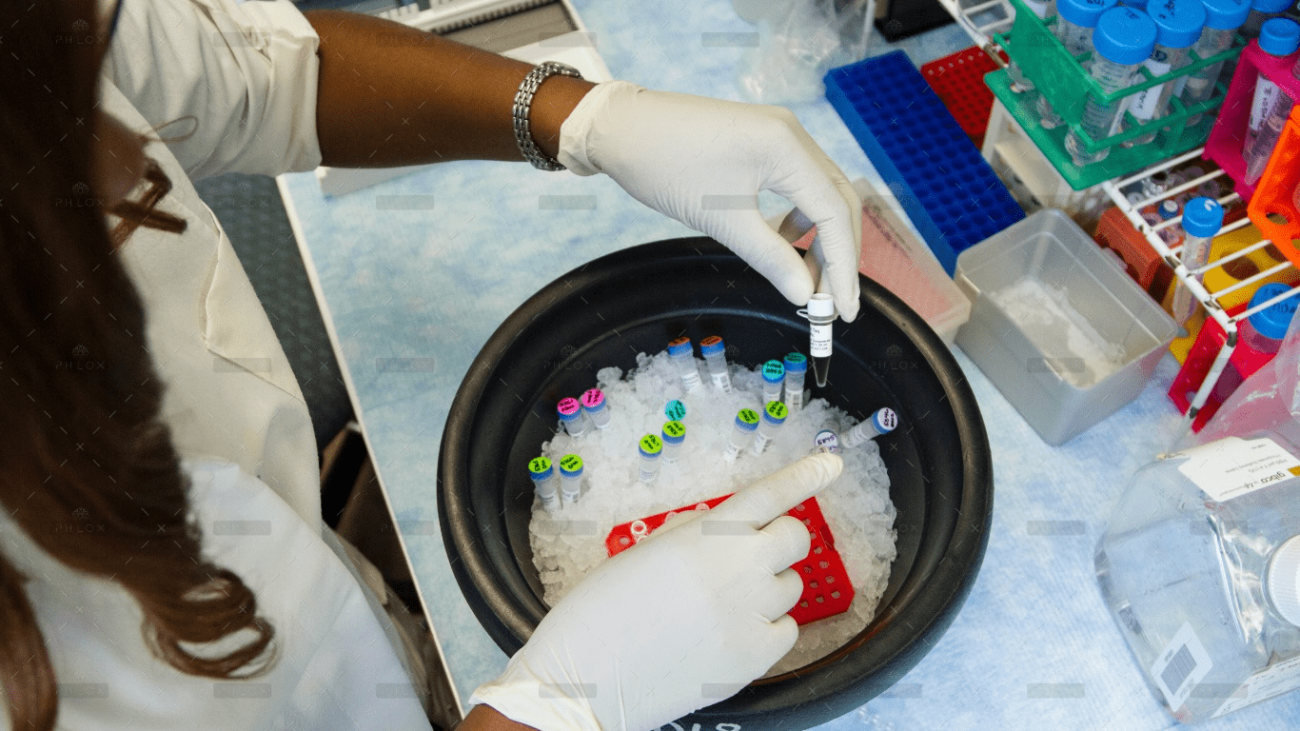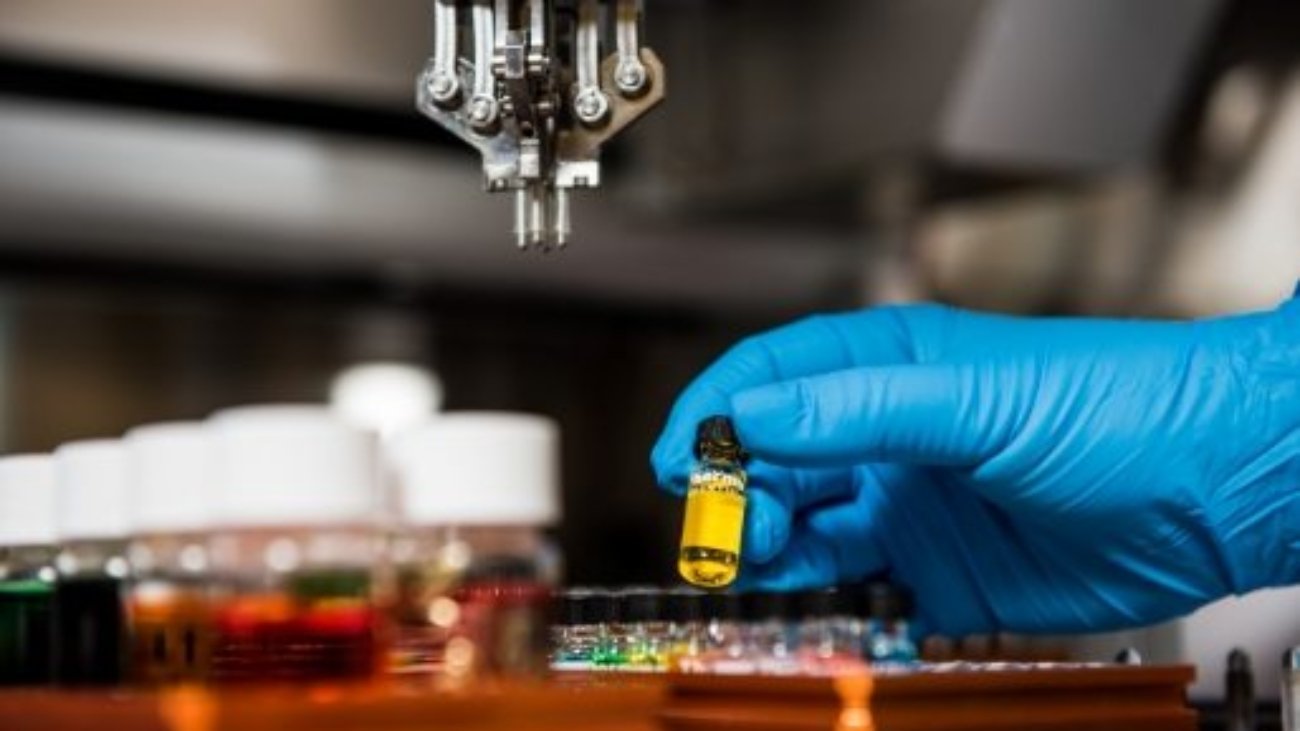This may also work against the food’s desirability, according to Hagen. These feelings may unconsciously prompt us to think of such foods as tasting too good to be good for us. Nonetheless, marketers generally view such advertising as effective.
If it is not the way that pretty food activates the brain’s reward center, the study asks, “May the alluringly good-looking pizza actually seem healthier to you, by virtue of its aesthetics?”
People, foods, and objects strike us as classically pretty when they possess certain attributes, such as symmetry and self-similar patterns, that we consider beautiful in nature.
Hagen cites the example of Fibonacci series-based “golden spiral” patterns that appear in the repeating arrangements of plant leaves. In the case of food, the study asserts that people tend to associate food with a nature-based attractiveness as being better for them.
The first experiment involved tasking 803 participants with finding both “pretty” and “ugly” images of ice cream sundaes, burgers, pizza, sandwiches, lasagna, omelets, and salads. As expected, the participants rated the pretty versions of their foods as being healthier. They did not see tastiness, freshness, and portion size as influencing factors.
In another experiment, participants rated the healthiness of avocado toast. Before viewing images of the dish, individuals received information on the ingredients and price, which was identical for all of the examples.
Supporting the notion that attractiveness follows natural properties, individuals found the food was prettier when they were expecting an orderly, symmetrical, and balanced presentation in the image they viewed. Once again, the participants associated pretty foods with being more natural and more healthful.
To test the effect of attractiveness on purchasing behavior, Hagen asked 89 people if they would be willing to pay for either a pretty or an ugly bell pepper. Again, participants were more inclined to buy the better-looking pepper after judging it to be more natural- and healthful-looking. (They also expected it to taste better.)
Hagen also conducted a pair of online experiments using Amazon’s Mechanical Turk, confirming that only classical prettiness characteristics affected perceptions of the attractiveness of food.



